The Annals of the Southern Mission: A Record of the History of the Settlement of Southern Utah
$124.95
by James Godson Bleak, Historian for the Southern Mission
Edited by Aaron McArthur and Reid L. Neilson
Foreword by Elder Steven E. Snow
Introduction by Brandon J. Metcalf
“Bleak’s annals are a lasting tribute to the early settlers of Southern Utah and will yet influence many thousand more in our day. The wonderful work in this volume makes that possible.” — Elder Steven E. Snow, LDS Church Historian and Recorder
“Professional historians and lay readers will be inspired by this vivid account of the pioneer experiences.” — Douglas Alder, Professor Emeritus and Former President of Dixie College
Limited smyth-sewn printing. Order while inventory lasts.
Download a free sample preview.
Book Description:
James G. Bleak’s Annals of the Southern Mission (1900-1907) number 2,266 loose and lined pages and represent the finest early history of Southern Utah stretching from its initial Mormon settlement in 1849 into the early years of the twentieth century.
Bleak submitted the first portion of the history, numbering over 500 pages, to the Church Historian’s Office in April 1903. He submitted additional increments of the manuscript when he visited Salt Lake City, usually for general conferences. He delivered the final installment of his Annals to the Historian’s Office in October 1907. The complete holograph manuscript has been in the continuous custody of the Church History Department (formerly the Church Historian’s Office) ever since.
Carefully transcribed and annotated by Aaron McArthur and Reid L. Neilson, this important work provides a detailed historical, ecclesiastical, agricultural, governmental, and cultural record of Southern Utah in the latter half of the nineteenth century.
Q&A with the Author:
.
Q: When did this project begin and how did you two connect?
A: [Aaron] The project began around 2004 when I was a graduate student at the University of Nevada, Las Vegas. While working on my master’s thesis on the significance of tabernacles in the development of LDS communities, I discovered the Annals. That exposure came at Special Collections at BYU, where they had essentially a photocopy of the record. Many of the copies were of very low quality. When you consider that there was no index, it made them very hard to work with. Despite the problems involved with accessing the record, I realized that it was a gold mine of information.
To support my research agenda for my dissertation, the UNLV History Department used a sizable portion of their yearly book budget to purchase a $1,000 collection of scanned documents from the Church archives, which included the Annals. Given what an incredible resource the Annals are, I was amazed that they were so hard to access and resolved to rectify that situation. While working on my dissertation, I undertook a detailed transcription from the scans the library purchased. When I needed a break from the dissertation, I relaxed by transcribing.
Reid contacted me in my last semester of graduate school about working together to bring the Annals to print. He brings a vast amount of experience and resources to the table, and I was very glad to work with him.
Q: What challenges (if any) did you face while compiling this volume?
A: [Aaron] The biggest challenge with this project has simply been time. I did the bulk of the transcription while writing my dissertation and working full-time at UNLV Special Collections. Once the transcription was complete, I knew that we needed two independent verifications and we would eventually need an index. Arkansas Tech approved a professional development grant to pay for students to assist in the process. One of these students helped finish one verification even after grant funds were exhausted. I was very grateful that Reid took care of the index.
Q: Who was James Bleak and what makes his annals so valuable for historical research?
A: James Bleak was the historian for the Southern Mission. What makes the Annals so amazing is how he went about fulfilling his duties as a historian. Firstly, he created a sizable archive of records as events happened. When he actually started writing the history, he had decades of records to work with instead of having to conduct research. Second, is when he was writing, he was careful to include an in-text citation whenever he quoted sources. As a practicing historian, I love that I can tell what text belongs to who. Third, he quoted huge numbers of records in their entirety, not just selections that promoted his narrative. As a concise narrative, it is a 2200+ page nightmare, but it is an absolute goldmine for historians, genealogists, etc.
Q: What do we learn from the Annals about Latter-day Saint pioneer relations with Native Americans?
A: There are some major things that the Annals have to offer in regard to relations with Native Americans. The first is that it covers such a long period of time. This allows us to see some longer-term interaction patterns. This is especially important because those interactions were complicated by the fact that the Saints in southern Utah were interacting with Southern Paiute, Navajo, Ute, and Hopi, each of which had their own internal politics that influenced those interactions.
Overall, Brigham Young’s attitude towards Native Americans was that it made more sense to “shoot them with biscuits” than fight with them. Compared to most groups of white settlers, the Saints had much better relations with Native Americans in general. The Annals, unfortunately, has some very good examples of how some of those interactions went wrong.
Q: What were some of the struggles that pioneers faced in settling southern Utah?
A: Any time people build communities from scratch, there are going to be lots of struggles. The one that stands out the most to me for the Saints in southern Utah is their fraught relationship with water. There is a saying in the West that “whiskey is for drinkin’, and water is for fightin’ over.” The Saints didn’t drink whiskey, so that only left water. This is not to say that they were always fighting about it, but it was clearly never far from their minds. All of the settlements in the Southern Mission were in the desert, and all were reliant on agriculture. Getting enough water for crops was a constant challenge, except for when there was too much water that was washing out those crops that the irrigation works that fed them.
Q: What role did spiritual matters play in the actions and decisions of the southern Utah pioneer settlers?
A: As far as the Annals are concerned, spiritual matters were the things that mattered. You need to recognize that Bleak's position as historian was in an ecclesiastical organization, so the kinds of records he collected and used were influenced by that. Evidence indicates, however, that the average settler was similarly motived by spiritual matters. What indicates that to me is that ecclesiastical leaders were consistently elected or chosen for secular leadership positions.
Q: For each of you, what was one of your big takeaways from the Annals?
A: [Aaron] I have a few takeaways from the Annals project. The first is that you can accomplish some very cool things if you just keep plugging away on it. I worked on the project for nearly fifteen years. Second, you can never have too many friends. It is amazing how many people will jump in and help finish a worthy project if they are given the opportunity. Finally, Bleak’s work inspires me as a historian. I can only hope that more than a century from now that people will look at histories that I have written and find them as worthy as Bleak’s work is today.
[Reid] That James Bleak was so committed to getting the history of his people down in ink. That he was thinking generations ahead of his contemporaries who were barely eeking out a living and in survival mode. But he was looking to the future and appreciated that it was up to him as the designated historian to keep a record, just as the LDS scriptures commanded him to do (D&C 21:1). I marvel at his persistence and am grateful for his attention to detail.
Aaron McArthur and Reid L. Neilson
Praise for The Annals of the Southern Mission:
“These 850 pages cover the period of 1861 to 1900 of pioneer life in Southern Utah. James G. Bleak came from England and crossed the U. S. Great Plains in the troubled Willie Handcart Company to the Salt Lake Valley. In 1861 he and his family were called to be in the first St George colonizing company of 309 families. He was appointed by Brigham Young to be the clerk and historian of this development of the Mohave Desert and nearby lands in Nevada and Arizona. He labored at the task until 1906 while serving in a dozen other positions, both church and civic. It was very difficult for him but he produced a masterpiece. Unfortunately the manuscript has only been available in archives of the LDS Church and Dixie State University until now. Aaron McArthur and Reid Nielson have now produced an 850 page edition of this major record. Professional historians and lay readers will be inspired by this vivid account of the pioneer experiences mostly before statehood or modernization. Developing water systems, establishing schools, creating courts and laws, constructing civic and commercial building and homes, raising food and animals promoting the arts, and generating faith and community harmony in some forty villages in Southern Utah and nearby Nevada and Arizona are all captured by James G.. Bleak. We will all be indebted to Brandon Metcalf for the fine Introduction and to Aaron McArthur and Reid Nielson for their brilliant editing of this important and extensive document.” —Douglas Alder, Professor Emeritus and Former President of Dixie College
About the Authors:
 Aaron McArthur is an Associate Professor of History and the Public History Program Director at Arkansas Tech University. He holds a PhD in the History of the US West from the University of Nevada, Las Vegas, where he mainly focused on LDS history in the last half of the nineteenth century. His first book, St. Thomas, Nevada: A History Uncovered, told the story of that town from its founding under the direction of Brigham Young to its inundation by Lake Mead. Aaron recently became a blue belt in Jiu Jitsu and coaches wrestling at his local MMA gym. He lives in Arkansas with his wife Xela and their children.
Aaron McArthur is an Associate Professor of History and the Public History Program Director at Arkansas Tech University. He holds a PhD in the History of the US West from the University of Nevada, Las Vegas, where he mainly focused on LDS history in the last half of the nineteenth century. His first book, St. Thomas, Nevada: A History Uncovered, told the story of that town from its founding under the direction of Brigham Young to its inundation by Lake Mead. Aaron recently became a blue belt in Jiu Jitsu and coaches wrestling at his local MMA gym. He lives in Arkansas with his wife Xela and their children.
 Reid L. Neilson was appointed Assistant Church Historian and Recorder of The Church of Jesus Christ of Latter-day Saints in 2015. He has also served as the Managing Director of the Church History Department since 2010. He is the author and award-winning editor of thirty books, including Exhibiting Mormonism, Early Mormon Missionary Activities in Japan, and Tales from the World Tour. He serves on the editorial boards of the Joseph Smith Papers and the Deseret Book Company. A world traveler, he has toured over ninety countries. He and his wife, Shelly, have five children and live in Bountiful, Utah.
Reid L. Neilson was appointed Assistant Church Historian and Recorder of The Church of Jesus Christ of Latter-day Saints in 2015. He has also served as the Managing Director of the Church History Department since 2010. He is the author and award-winning editor of thirty books, including Exhibiting Mormonism, Early Mormon Missionary Activities in Japan, and Tales from the World Tour. He serves on the editorial boards of the Joseph Smith Papers and the Deseret Book Company. A world traveler, he has toured over ninety countries. He and his wife, Shelly, have five children and live in Bountiful, Utah.
More Information:
874 pages
ISBN 978-1-58958-652-9 (hardcover)
Published June 2019

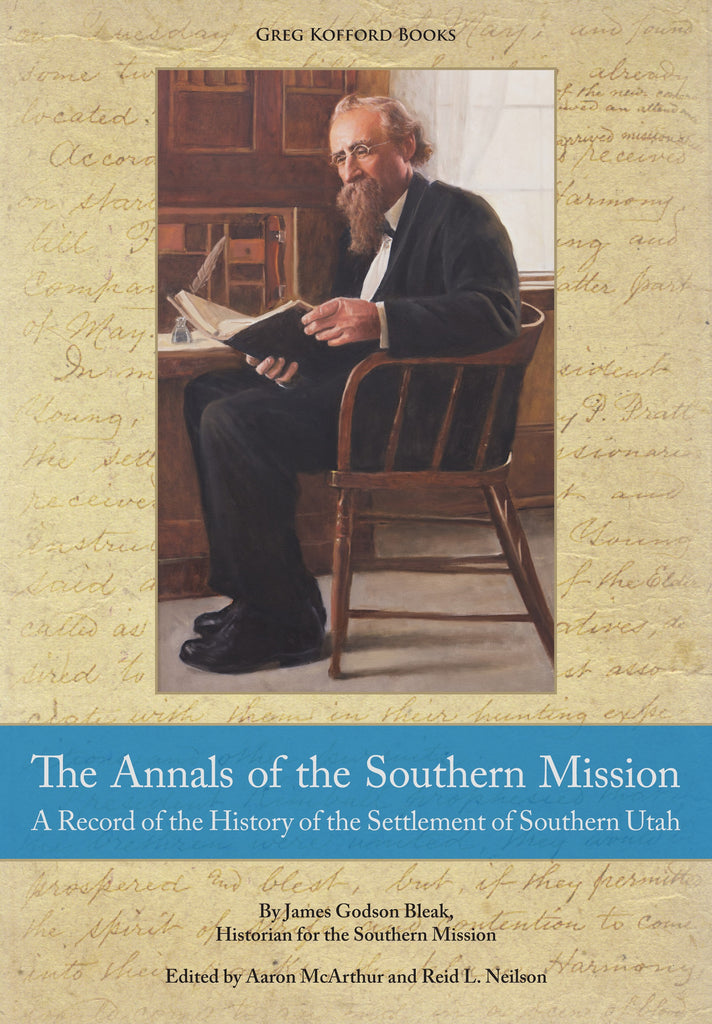



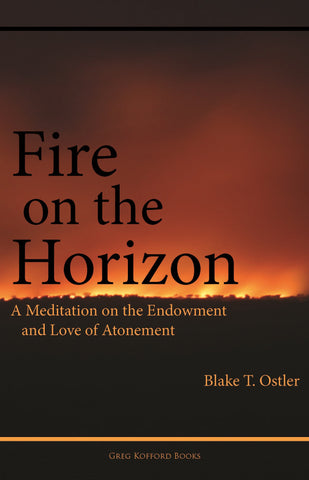
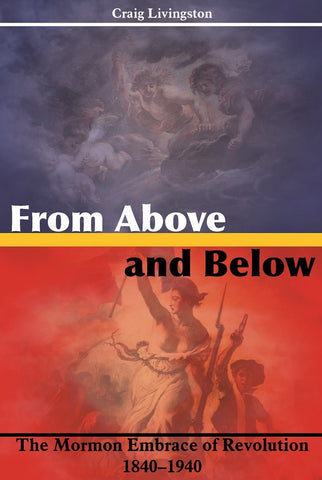
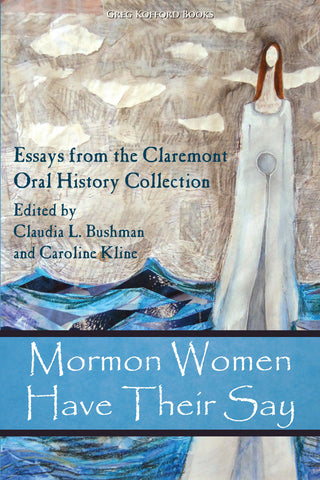
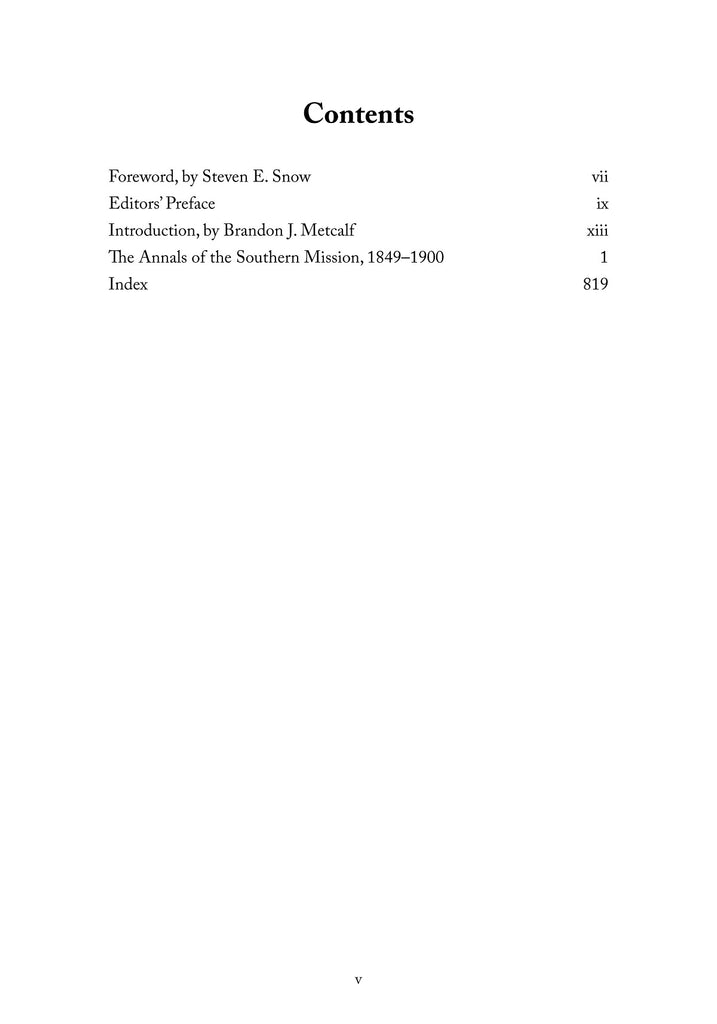
Share this item: